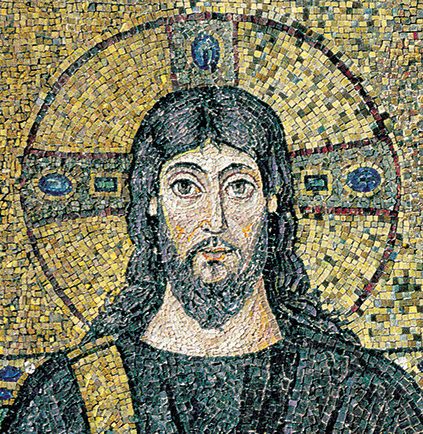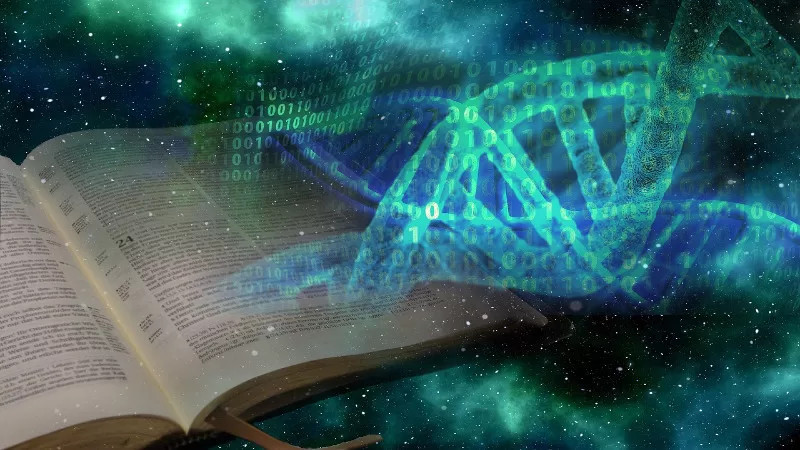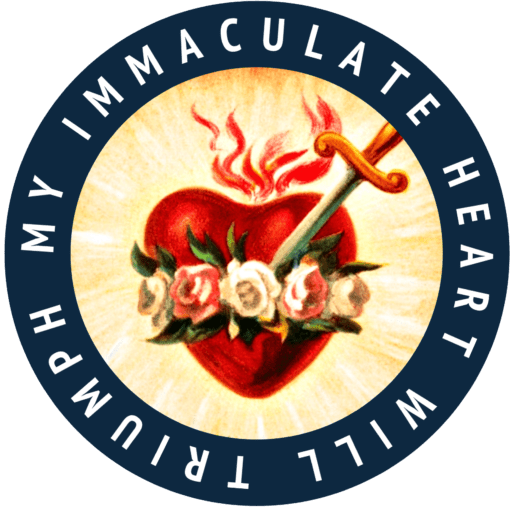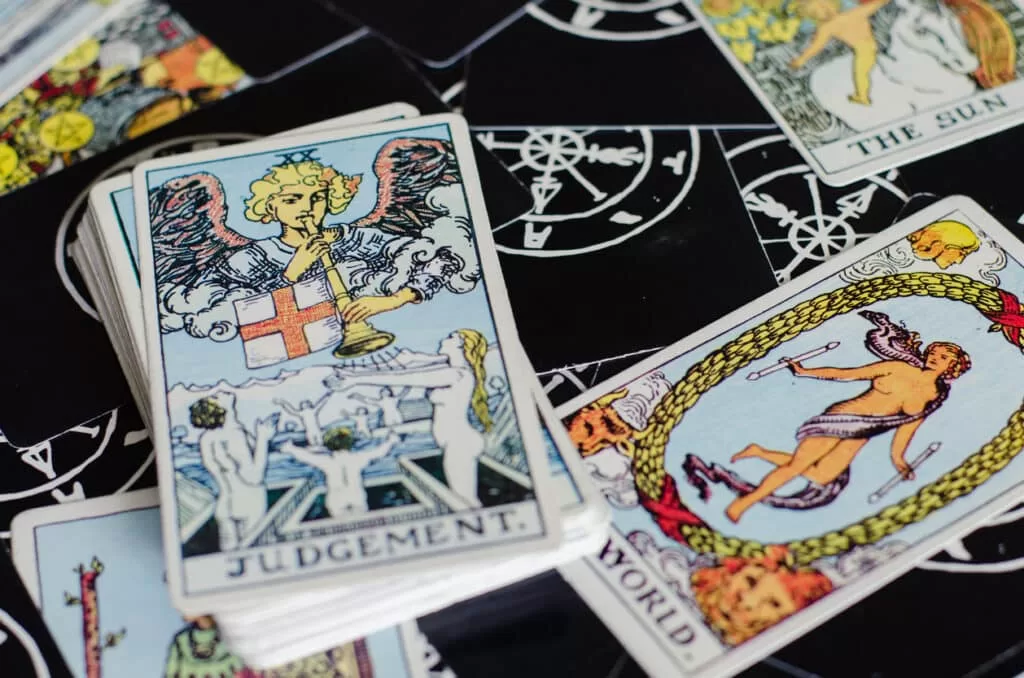
Category: World
-

Chronology of WW3 According to Catholic Prophecies
Read More: Chronology of WW3 According to Catholic PropheciesChronology of WW3 According to Catholic Prophecies Exploring Catholic Mystics’ Insights into Modern Global Tensions Catholic prophecy has long spoken of an apocalyptic conflict involving multiple nations, leading to divine chastisement and ultimate renewal. While World War III (WW3) is not explicitly named, the mystics and visionaries of the Church have described events that closely…
-

J.D. Vance’s Path to Catholicism: 13 Key Moments!
Read More: J.D. Vance’s Path to Catholicism: 13 Key Moments!By Matt McDonald National Catholic Register, Jul 2 Republican vice presidential nominee J.D. Vance is one of the most overtly religious major politicians in America. Vance has written extensively about his life in faith, both in a mega-selling memoir and in a long essay that describes how a drug-using teenager with anger problems, family problems, school…
-

How The World Looked When Jesus Was Born
Read More: How The World Looked When Jesus Was BornWhen our Lord Jesus Christ was born, around 4 BC, the world was a vast and intricate mosaic, held together by the immense power of the Roman Empire. To understand this sacred period, we turn to the insights of Roman geographers and historians, whose writings provide a window into the ancient world as it was…
-

Dreaming of A Co-Housing of Christ Followers in Australia?
Read More: Dreaming of A Co-Housing of Christ Followers in Australia?Dreaming of A Co-Housing of Christ Followers in Australia? Have you ever considered the possibility of being part of a housing development that Lives, Glorifies and Celebrates Christ the King? A place where there is scope for private family living surrounded by opportunities for community, connection, sharing and exchanges with other families and individuals dedicated…
-

Bible Facts Verified by Science
Read More: Bible Facts Verified by ScienceThe Bible, a collection of ancient texts revered by millions around the globe, has been a subject of faith, study, and sometimes skepticism. Over the years, many stories within its pages have been scrutinized, with some dismissing them as myths. However, scientific discoveries and archaeological evidence have increasingly shed light on several biblical events, providing…
-

Saint Therese: Herald of the Apocalypse?
Read More: Saint Therese: Herald of the Apocalypse?Who could describe as “sweet” the reading of a book that gives an account of the rise of the Anti-Christ, the tribulations that will mark the end times, followed by meditations on death, judgment, Heaven and Hell? “Reading this book was one of the greatest graces of my life …The impression I received from it is…
-

Support Father Calloway’s ministry! Mother and Child Medal
Read More: Support Father Calloway’s ministry! Mother and Child MedalCustom made medal by Laboure Medals. This medal is made out of a nickel alloy and finished with Anitique Nickel. It is high quality. I am currently selling 100 medals which were created to raise money for Father Calloway’s ministry. The medal is unique to Laboure Medals and can only be purchased here on Etsy.…
-

“What’s the Point?”: End Times and Using the Time We Have Left
Read More: “What’s the Point?”: End Times and Using the Time We Have LeftWhat is the purpose of the Christian life? Or we might ask even more simply: What’s the point? As the Church year comes to an end, this essential question is brought into sharp focus. The answer is as simple as it might be unpopular: we’re waiting for the fulfillment of time and of hope-filled promises of…
Search
Popular Posts
-
🙏 A New Chapter Begins: Supporting Pope Leo XIV with Prayer and Hope | W/ Daniel O’Connor
“Give the new pope a break and support him with your prayers.”–…
-
Possible Candidates for The Next Pope!
Some Candidates for the New Papacy Today we will share with you…
Categories
Archives
Tags
#Miracles (102) 2023 (4) 2024 (4) approved miracles (2) catholic (141) catholic blog (375) catholic meditations (7) catholic miracles (371) catholic motivation (2) catholic news (371) catholic prayers (4) CatholicSeers (359) catholic vlog (375) catholic websites (6) Eucharistic miracle (2) fr jim blount (3) GisellaCardia (11) hamas (3) imitation of christ (2) Israel (4) israel live (5) Israel news (9) jesus (3) jesus christ (4) Latest messages (11) lent 2023 (10) lent 2024 (4) lent homily (2) lent retreat (4) lent retreat 2023 (3) Lourdes (2) messages from god (6) MessagesFromHeaven (364) miracles of catholic church (2) mother and refuge (2) ourlady (325) OurLadyApparitions (22) our lady of lourdes (2) Pope (2) POPE francis (3) pope francis news (2) prayers (3) real miracles (356) sacred heart of jesus (2) The Miracles of Lourdes (2)






